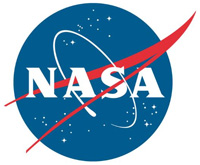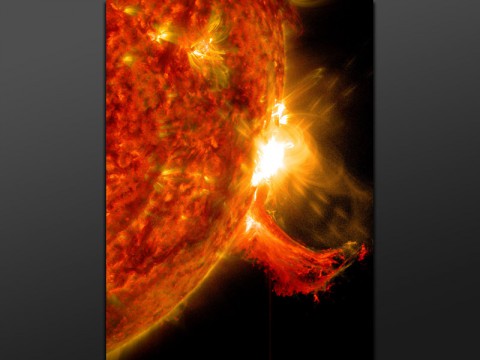Written by Karen C. Fox
NASA’s Goddard Space Flight Center
 Greenbelt, MD – The sun emitted a mid-level solar flare, peaking at 3:01pm EDT on October 2nd, 2014. NASA’s Solar Dynamics Observatory, which watches the sun 24-hours a day, captured images of the flare. Solar flares are powerful bursts of radiation.
Greenbelt, MD – The sun emitted a mid-level solar flare, peaking at 3:01pm EDT on October 2nd, 2014. NASA’s Solar Dynamics Observatory, which watches the sun 24-hours a day, captured images of the flare. Solar flares are powerful bursts of radiation.
Harmful radiation from a flare cannot pass through Earth’s atmosphere to physically affect humans on the ground, however — when intense enough — they can disturb the atmosphere in the layer where GPS and communications signals travel.

This flare is classified as an M7.3 flare. M-class flares are one-tenth as powerful as the most powerful flares, which are designated X-class flares.
Updates will be provided as needed.
What is a solar flare?
For answers to this and other space weather questions, please visit the Spaceweather Frequently Asked Questions page.


